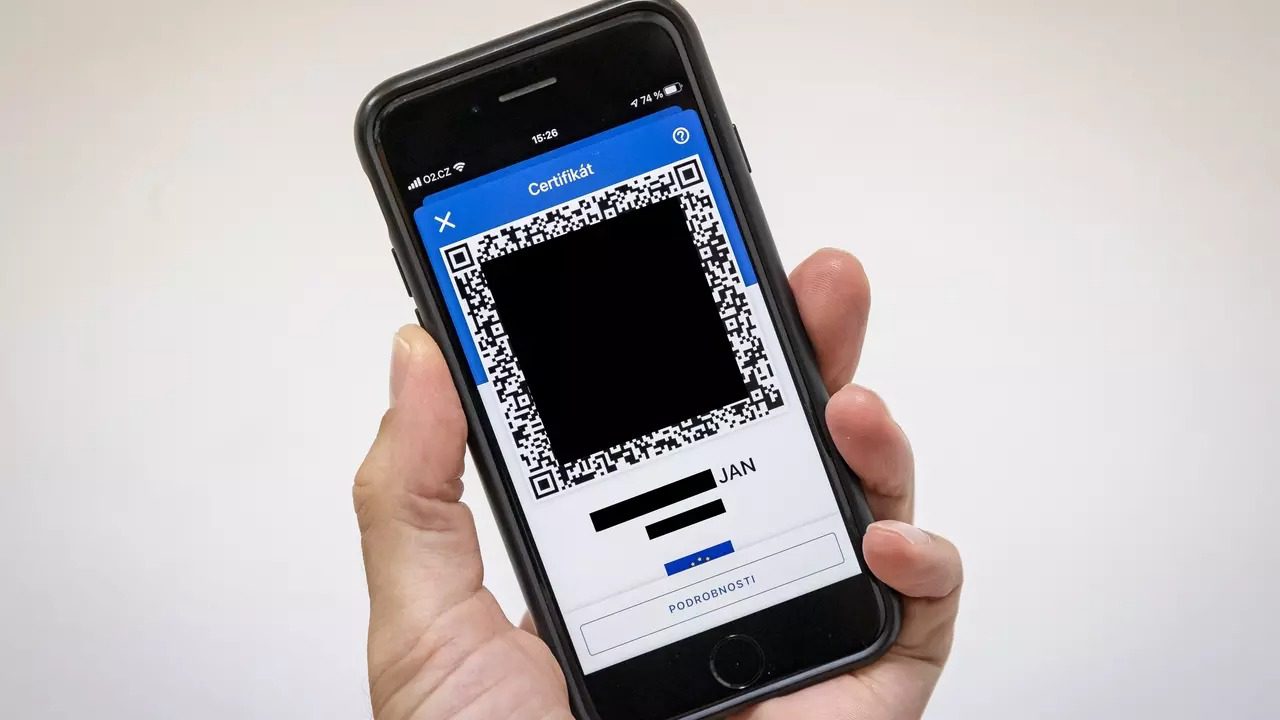In one of the emergency measures against the spread of COVID-19, the Ministry of Health failed to justify why it set a maximum number of visitors equally for indoor and outdoor concerts and other events.
The Supreme Administrative Court (SAC) ruled that the measure, which came into force in January this year, was against the law due to its lack of reviewability. The mandatory checks on visitors via the Tečka app did not contravene the law, according to the decision, which is available on the official notice board.
JVS Group, a promoter agency based in Ostrava that organizes large concerts and exhibitions, appealed to the court with partial success. The Supreme Administrative Court found the measure unlawful only in the points that set a maximum number of visitors at mass events.
A maximum of 1,000 people were allowed to attend concerts, sports matches, and other similar events. The measure set a limit of 100 people for other public or private events in both cases without distinguishing between indoor and outdoor events. The measure also did not consider the characteristics of the venues where the events occur, such as capacity or ventilation possibilities.
“If indoor and outdoor venues pose different risks for further transmission of the virus, it would be logical to set separate conditions (e.g., number of spectators) for them under which mass events can take place,” the SAC decision reads. According to the court, the measure was unreviewable due to flawed reasoning.
Checks through the application were in order
The court described the checks for vaccinations, tests, or illnesses via the Tečka app as legitimate, mainly because of the checks for possible falsified certificates.
“A mere visual check of the document by the event organizer may not be sufficient to detect a forged document. On the contrary, checking the document through the Tečka app can verify the validity and authenticity of the document by scanning and evaluating the QR code on the relevant document,” the judges described.






Gracias por tu aportacion. muy recomendable! Un cordial saludo!
Muy buen articulo. Gracias por compartirlo. Gracias!
Muy buen post. Gracias por compartirlo. Un cordial saludo!
buying from online mexican pharmacy: mexican pharmacy – buying prescription drugs in mexico
Buenisimo el articulo. Feliz semana. Reciba un cordial saludo!